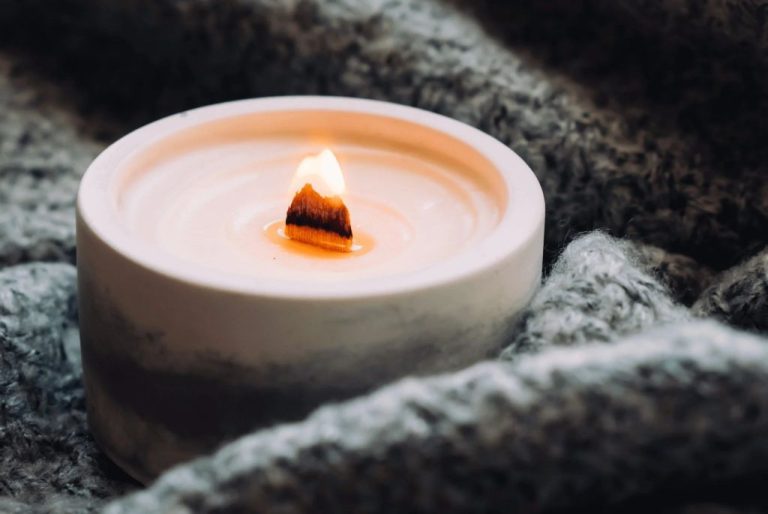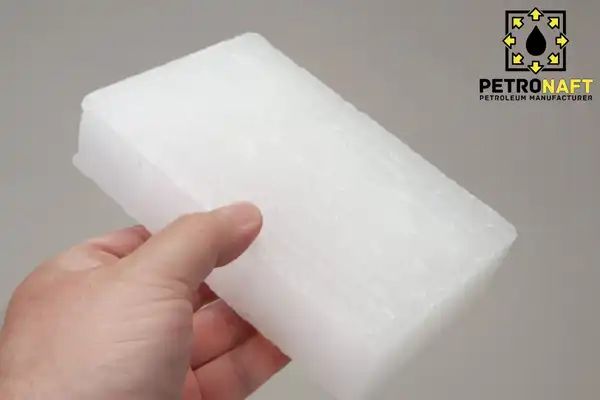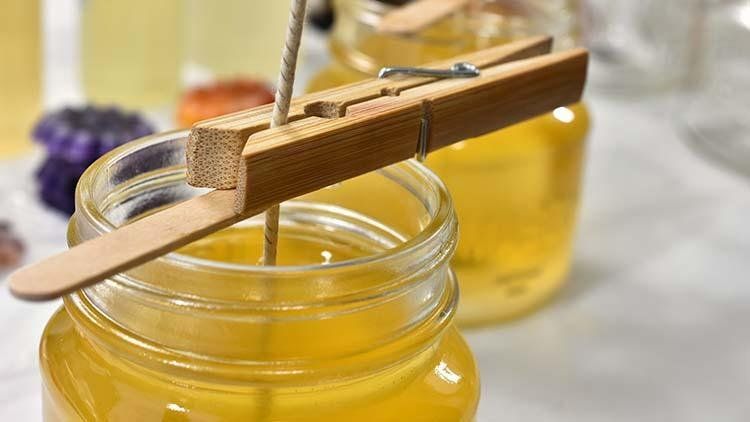Can You Make A Successful Candle Business?
Introducing Candle Making as a Business
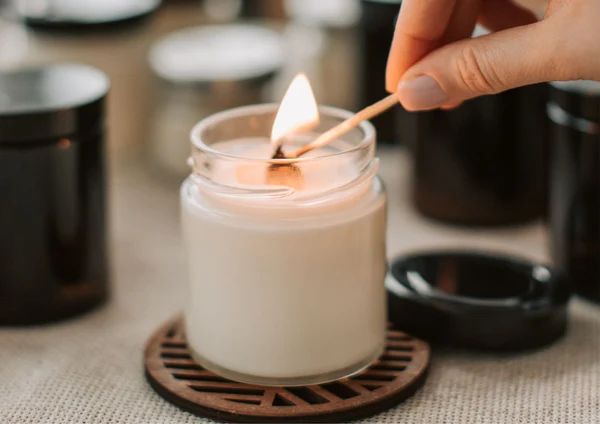
The candle industry has experienced steady growth over the past decade, presenting an attractive business opportunity for aspiring entrepreneurs. The global candle market was valued at $12.88 billion in 2022 and is expected to grow at a CAGR of 5.7% through 2030, reaching over $20 billion in market size (source). Key factors driving this growth include increasing consumer demand for home fragrance products and growth in gift-giving cultures.
Candle making requires relatively low startup costs compared to other manufacturing businesses. With some basic equipment like wax melters, molds, wicks and fragrance oils, small-scale production can be initiated from home. Marketing and selling can also be done online to minimize overhead expenses. The low barriers make candle making an accessible business to get started.
Profit margins for handmade candles are attractive, ranging from 50% to over 100% depending on materials, production costs and pricing. Luxury and scented candle brands in particular can command higher prices, with premium candles selling for $20-$50 retail. As a high-margin product, candles offer excellent profit potential if brand and products can capture consumer interest.
Learning the Candle Making Process
There are various types of candle making, including container candles, votives, pillars, tapers, and tea lights. The process involves melting wax, adding fragrance and dye, pouring into containers or molds, inserting wicks, and allowing time to cool and cure.
For basic container candles, you’ll need wax (paraffin, soy, or beeswax), wicks, fragrance oil, dye, jars and lids, double boiler or crockpot, thermometer, and pouring pot. Safety gear like gloves, apron, and eye protection are recommended.
Proper wax temperatures are crucial for an ideal pour and burn. Paraffin wax melts between 135-145°F, while soy wax melts at 115-135°F. Overheating wax can cause discoloration. Controlling the temperature prevents frosting or weeping.
Adding too much fragrance oil can clog the wick. The standard is up to 1 oz of fragrance per pound of wax. Essential oils are more concentrated than fragrance oils. Steeping time allows the scent to fully blend.
Wicks come in various diameters. Matching the wick size to the candle diameter prevents tunneling. Wicks should be centered and embedded at least 1/4 inch into the wax for stability.
Allow the candles to cool completely before moving them. Curing for 24-48 hours helps the finished candles burn cleaner and last longer. Proper preparation and safety make candle making an enjoyable hobby or business.
Developing Great Candle Scents
Choosing the right scents is crucial to creating popular and appealing candles. Some of the most popular candle scents include fruity scents like apple cinnamon, citrus scents like grapefruit and lemon, and floral scents like lavender and jasmine. Vanilla and clean cotton scents are also perennial top sellers (source).
When developing candle scents, you can use fragrance oils or essential oils. Fragrance oils are synthetic scents made for candle making that offer consistency and strength of aroma. Essential oils are from natural plant sources but are often more expensive and delicate. Most candle makers use fragrance oils in their candles.

It’s important to stay up to date on scent trends and seasons when selecting your candle fragrances. Fruity and citrus scents often sell better in spring and summer months, while warm, spicy scents like pumpkin and cinnamon peak for fall and winter. Limited edition seasonal scents help create anticipation and excitement. Scent trends change over time, so reading fragrance reviews and paying attention to bestselling scents can help identify what customers are looking for (source).
Designing Appealing Candles
Candle design is about more than just how a candle looks – it’s also about the overall sensory experience for customers. When designing your candles, consider both aesthetics and functionality.
Different shapes and sizes can be fun and eye-catching. Explore various options from classic jars and taper candles to more novel shapes like geometric figures or Greek columns. Having a range of sizes allows you to appeal to different audiences and use-cases (e.g. a small votive for a bathroom versus a large pillar candle for a dining table).
Color also sets the mood and vibe of your candle. Neutral tones like cream and tan can provide a clean and calming effect, while vibrant colors create excitement. Match the color palette to your brand identity and the scent of your candle. For seasonal candles, use colors associated with each season.
Your label and packaging design make the critical first impression for customers. A beautiful yet simple label can enhance the look of your candle while conveying key information like fragrance, size, burn time, etc. Unique packaging also helps your candles stand out on the shelves. Use colors, graphics, textures, and shapes to reflect your branding and theme.
Pay close attention to all sensory details – from the look and feel of the candle itself to the unboxing experience. Well-designed candles engage multiple senses to provide customers with an appealing product and memorable brand experience.
Pricing factors for selling candles include the cost of materials, labor, packaging, shipping, and operating expenses. Profit margins for retail candles are often 100-200% of the production cost. Higher margins allow recovering initial investments in equipment and supplies when first starting out.
When comparing to competing products, be aware of quality differences. Handmade artisanal candles with premium scents, packaging, and branding can demand higher prices than generic store-bought candles. However, even basic hand-poured candles can range from $5 for a votive to $15-20 for a standard 8-12 oz jar candle (1). Luxury and specialty candlemakers may charge up to $35 or more per candle.
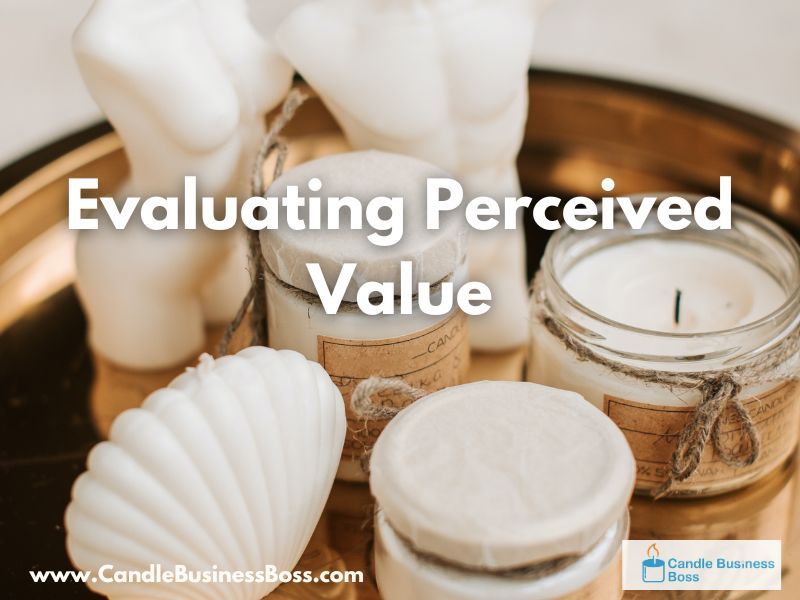
Consider your target customer and what pricing level makes sense for your brand. Analyze competitors and check sales of comparable products. Price too low and you leave money on the table. Price too high and sales volume may suffer. Find the sweet spot through testing. Adjust prices based on costs, perceived value, competitive landscape, and customer response.
Pricing Your Candles
Marketing and Selling Your Candles
Marketing and selling are crucial components for growing a successful candle business. You need to identify your target markets and determine the best promotion channels to reach them. Some key factors to consider:
Defining your target markets – Who is most likely to purchase your candles? Some common targets include gift givers, households, spa/wellness businesses, event planners, etc. Tailor your branding and messaging for your core markets.
Online marketing – Having a beautiful website and active social media presence is essential these days. Optimizing for search, running targeted ads, email marketing, and influencer partnerships are effective online strategies.
Brick and mortar retail – Getting your products into local shops, boutiques, salons, hotels, etc. expands your physical availability. Provide attractive displays and samples to showcase your brand.
Promotional events – Pop-up shops, local fairs and festivals, trade shows, product launches, etc. are great for introducing your candles in-person. They also help gather email subscribers.
PR and partnerships – Consider PR opportunities and strategic partnerships with complementary brands to extend your reach and credibility.
Excelling at both online and offline marketing and sales channels will enable your candle business to thrive. Focus on your target audience and create consistent branding throughout every touchpoint.
Sources: https://blog.glassnow.com/10-candle-business-marketing-tips/
Building Your Brand
Building a strong brand is crucial for any candle business to stand out and succeed in a crowded market. Your brand is what your customers think of when they see or hear your company name. A thoughtful, cohesive brand helps convey your candle business’ personality and values.
Some tips for branding your candle company:
- Choose a memorable business name and design an eye-catching logo. Come up with a name that’s unique yet easy to say and remember. Your logo should reflect your brand identity in an aesthetically pleasing way (You can find affordable designers on sites like Fiverr).
- Craft a consistent brand story and mission statement. Share your company history, how you started, and why you make candles. Highlight what makes your brand special. For example Southern Elegance Candle Company (Source A) focuses on rekindling memories through scent.
- Develop cohesive branding across your website, packaging, labels, social media, etc. Your branding should be recognizable across all touch points. Website design, logo placement, color scheme and more should align.
- Define your brand’s personality and voice. Through your branding, convey whether your brand’s tone is elegant, playful, rustic, minimalist, etc. Let your brand’s persona shine through in all communications.
- Focus your product offerings around your brand identity. For example, if your brand exudes a modern, clean aesthetic, your candle scents and packaging should align. Rooftop Soirée Candle (Source B) has a fun, playful branding style that fits its cocktail/disco-themed candles.

With thoughtful, consistent branding across all customer touchpoints, you can build an identifiable, recognizable candle brand personality that attracts loyal customers.
Scaling Your Candle Business
The difference between a candle hobby and a full candle business is having systems and processes in place to sell and produce candles at scale. Here are some tips for scaling up your candle startup:
Hire employees or outsource tasks to help increase production. Making each candle by hand limits how fast you can grow. Consider hiring part-time or full-time help for pouring candles, packaging orders, managing shipping, etc. You can also outsource custom labeling and candle making to focus on design and marketing.
Streamline production with molds and equipment. Pouring candles into one mold at a time is time consuming. Invest in larger molds and production tools to speed up the process. Upgrade equipment like double boilers, thermometers, wick bars, etc. for efficiency.
Implement inventory management and order fulfillment systems. Track inventory levels to know when to reorder materials. Use shipping software to automate packaging and order tracking. Set up digital or barcode scanning to simplify stock keeping.
Expand sales channels beyond your own website. Set up accounts with Amazon, Etsy, Walmart Marketplace, and local retail consignment stores. Use a multichannel ecommerce platform like Shopify to manage across channels.
According to Start and Scale a Profitable Candle Business: Insider Tips, implementing systems like using Quickbooks for accounting and ShipStation for shipping can help you scale candle production from a hobby into a real business.
Candle Making Regulations
When starting a candle business, it’s important to understand the regulations around candle making and selling to ensure you are operating legally and safely. There are various laws and requirements to be aware of.
In the United States, the Consumer Product Safety Commission (CPSC) enforces candle safety standards outlined in ASTM F2417. This covers testing procedures for things like flame height, stability, end-of-useful life, and more. Candles must pass these tests to be sold legally in the US [1].
Proper candle labeling is also mandated by the CPSC. Labels must include the company name, place of business, cautionary labeling, and net contents in ounces and grams. Warning labels are required for candles containing more than 15% fragrance oil. Additionally, candle makers must comply with state and federal regulations regarding business licenses, sales permits, and more [2].
There are some exemptions for low volume sellers, but in general, those selling candles online or locally need to follow applicable regulations. This covers health and safety rules, quality standards, labeling laws, and business licensing requirements. Consulting local government resources is recommended when starting a candle business.
Keys to Candle Business Success
There are several critical factors that can lead to success in starting a profitable candle business.
First, focus on differentiating your brand and products. Stand out from competitors by using unique, high-quality scents and creative designs. Specializing in certain candle styles, sizes, or scents can help you find a niche (source).
Providing excellent customer service is also vital. Be responsive to inquiries, offer fast shipping, and resolve any issues promptly. Consider personalized touches like hand-written notes to foster loyalty.
Additionally, keep close control of your costs. Buy supplies in bulk to get discounts, reuse packaging materials, and minimize waste. Pricing your candles correctly by calculating exact material and labor costs is key.
Promoting your business through social media, local craft fairs, word-of-mouth and other channels is important. Build connections with local shops to carry your products. An appealing, intuitive website helps drive online sales.
Having passion for candle making and staying flexible as you scale up production are also helpful tips. Keep experimenting with unique scent blends and jar designs.
With persistence, outstanding products, and smart business practices, a rewarding, profitable candle company is certainly achievable.


